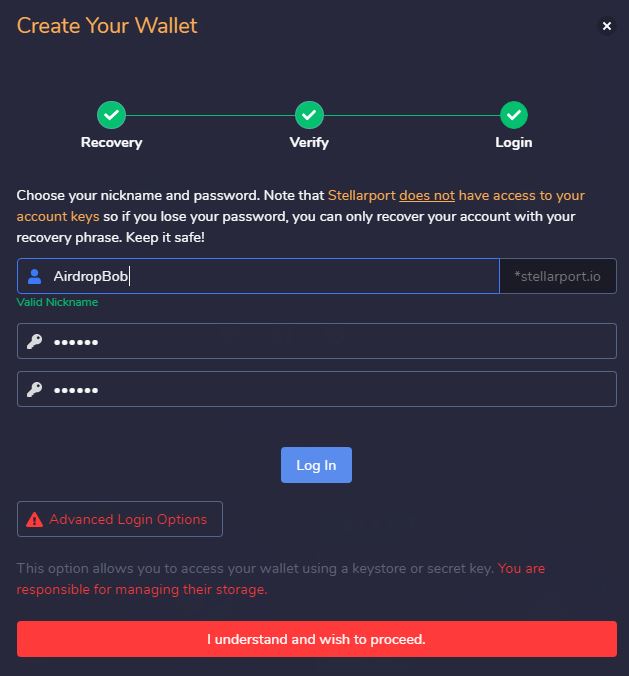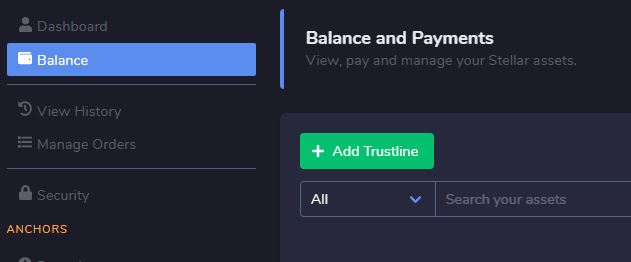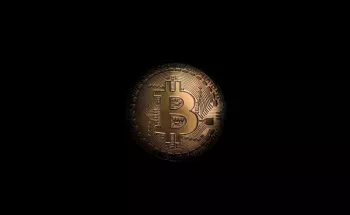Stellar aims to connect financial institutions and drastically reduce the cost and time required for cross-border transfers, although while Ripple focuses on banks, Stellar focuses on banking the unbanked. One of the largest partnerships is with IBM, which has been signed in October 2017. Stellar is also supported by the Stellar Development Foundation, a non-profit organization that helps with the maintenance of Stellar's codebase, and supports Stellar communities, and much more.
Key facts
In short, Stellar is an open-source network for currencies and payments. Stellar makes it possible to create, send and trade digital representations of all forms of money like dollars, euro, bitcoin, and many other currencies. It’s designed so all the world's financial systems can work together on a single network. Because Stellar is owned by the public, it has no owner. The software runs across a decentralized, open network and handles millions of transactions each day. Like Bitcoin and Ethereum, Stellar relies on blockchain to keep the network in sync, but the end-user experience is more like cash.
Stellar is much faster, cheaper, and more energy efficient than typical blockchain based systems.
Token
The cryptocurrency that Stellar issues are called Lumens or XLM. Unlike the tokens of other blockchains, lumens aren’t mined or awarded by the protocol over time. Instead, 100 billion lumens were created when the Stellar network went live, and for the first 5 or so years of Stellar’s existence, the supply of lumens also increased by 1% annually, by design. That inflation mechanism was ended by a community vote in October 2019. And in November 2019, the overall lumen supply was reduced. Now there are about 50 billion lumens, total, in existence, and no more lumens will be created.
Wallet
To store Stellar Lumens safely, a wallet is required. There are many different wallet options available (various apps, a desktop wallet, web wallet, …), but we will focus on the web wallet. Web wallet can be easily created via Stellarport.io
- Click on "New Wallet" and save your Recovery Phrase.
If this phrase is lost, you will not be able to access the wallet anymore! - Verify your Recovery Phrase.
- Choose a nickname and password / additionally click on "Advanced Login Options", set a Keystorename / password, and download the file. The Keystore file can also be generated via the dashboard later on.

- Log in to get your public address. This address is used if you want to send XLM to your wallet.
- Via "Security" you can get your secret key and also generate a Keystore file if needed.
Trustline
For new projects, you may need to create a trustline so that the tokens can be sent to you. Please note: Your wallet needs to be activated to be able to add trust lines. To activate your wallet, just send a payment to your wallet's public address. Once the payment is received, the wallet will be activated and you will be able to use it to interact with Stellar. We recommend depositing at least 10 XLM. This activation is mandated by the network to prevent spammers from spamming the network with new accounts.
- Navigate to "Balance" and click on "Add Trustline"

- Search for an asset via code/issuer or choose the asset you would like to hold and add trust to.

Have you seen our other token-related posts? Neo (NEO), MyEtherWallet (ETH)
Official Stellar Homepage
Stellar Whitepaper
Similar Articles

LOTTO is a brand new Ethereum based Lottery project. Their first lottery was held on 02.02.2021, and at the time of writing, Coingecko shows a current token price of ~$0.12.

In today's marketplace, you are constantly encountering new and different crypto exchanges. Many of these exchanges have created their own crypto exchange token to complement their services. In this article, we would like to introduce the most well-known tokens, give you an idea of what they are all about, and what sets them apart from the rest of this significant part of the global crypto market

Neo (formerly Antshares) was founded by Da Hongfei and Erik Zhang in 2014, followed by the Mainnet launch in October 2016. The vision of building a “smart economy” was developed with the official rebrand to Neo in June 2017.

Every day new cryptocurrencies are released on the market with different goals. Unfortunately, you can lose the overview fast. We would like to be helpful here and want to explain to you the different types of cryptocurrencies.






